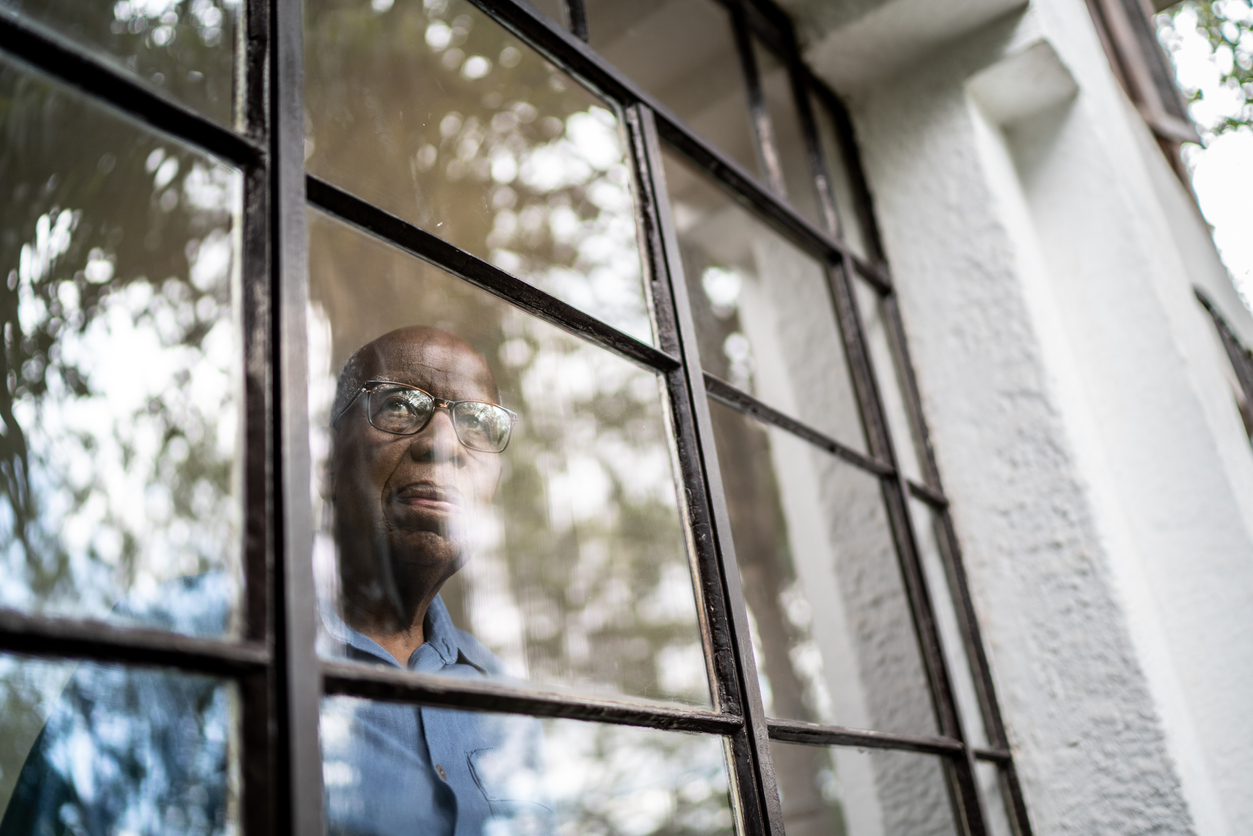
I was watching a video recently where the speaker was sharing about an individual who had grown up in an institution and because of a change in funding was moved to a group home and then later moved to their own apartment again because of funding changes. While this sounds like a positive thing for that person, the truth is after moving to the apartment they started calling their case worker more, and when the case worker couldn’t come, the person would call the police or an ambulance and give them a reason to come to the apartment or take them to the hospital. These behaviors resulted in workplace conflict between the person, case manager, police, and hospital.
As the field of human services continues to evolve with changes to laws, regulations, and funding requirements, it’s important to make sure people have their needs met. One of those needs is to have the level of connection that works for them. As you employ the positive behavior support approaches in The Mandt System to look behind the challenging behaviors people are using, creating a safer workplace for everyone requires effective communication and assessment to understand what each person’s needs are. In our attempt to move people to what we consider more independent settings, might we in some situations really be causing them to feel more isolated and alone?
Doug ZehrVogt, Mandt System Faculty



